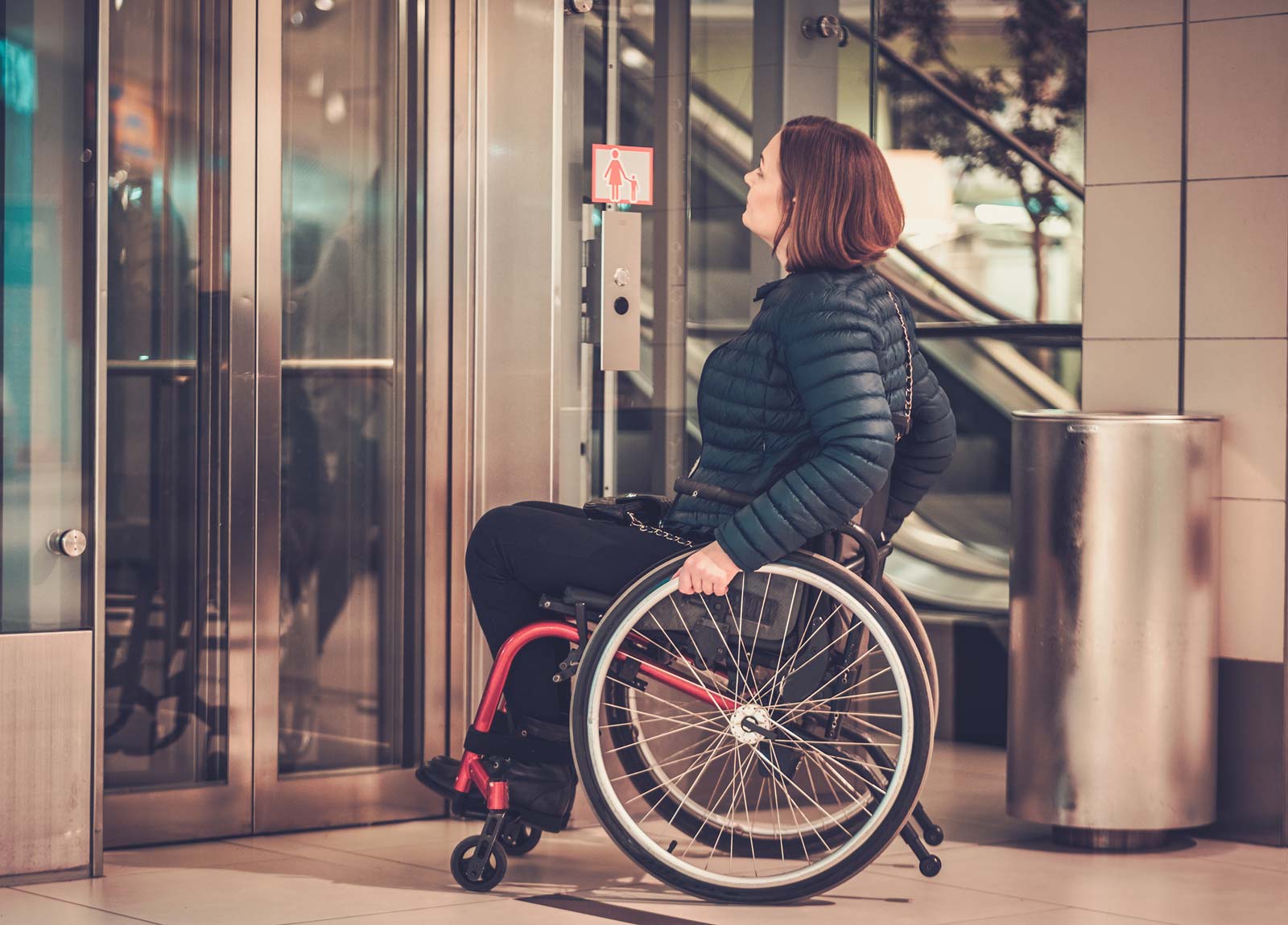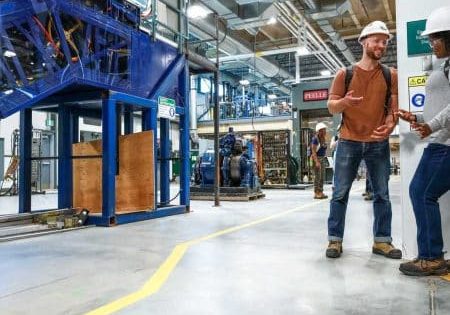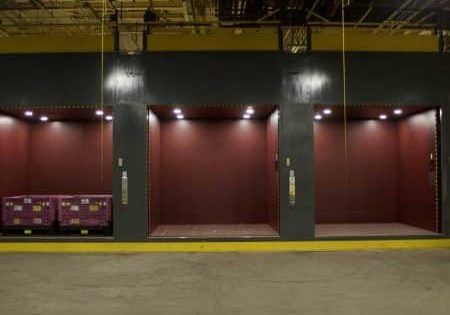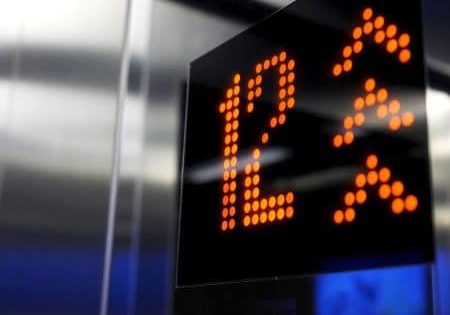Prioritizing Elevator Safety and Accessibility Standards
Mar 1, 2024

In this Readers’ Platform, your author talks about the steps and equipment required to achieve ADA compliance and more.
by Mary Pulliam
Accessible and compliant elevators are non-negotiable in multi-level public buildings. Yet, as we see again and again in the media, many fall short — despite obligations to uphold standards. Property owners and managers carry the responsibility to provide properly functioning, Americans with Disabilities Act (ADA)-compliant, accessible elevators for people with disabilities. Ultimately, ADA and state compliance — even for exempt buildings — is the standard to which buildings and facilities should aspire for the safety and comfort of all guests. Without being well-equipped and as up-to-date as possible, a non-compliant elevator can endanger disabled users, deter prospective commercial residents and expose companies to complaints and lawsuits.
The ADA was created to provide federal accessibility laws protecting the civil rights of people with disabilities. These laws mandate that both private businesses and public spaces must provide “reasonable accommodations” for people with disabilities, which includes creating physical accessibility to enter buildings and utilize facilities. For locations with elevators, there are specific ADA elevator compliance standards in place. These help property owners understand legal accessibility requirements related to elevator cars themselves, as well as the buttons, signals, doors, landings, signage and connections leading to and from them.
Why do facilities and properties fall short on adhering to compliance requirements? Just like any other code, ADA compliance is continually being reviewed and updated. Building footprints, or elevator shafts, can be a barrier to meeting revised regulations, and a building’s functionality may have changed over the years. For example, an older building may have originally contained far fewer employees or office spaces than are currently served by the property. Such a building would have a smaller cab that cannot meet the ADA’s current minimum capacity limit of 2000 lb, which is actually determined by square footage. Similarly, if a cab does not allow for a wheelchair user to turn fully without assistance, it is non-compliant. In both these instances, a smaller cab means a smaller shaft. There is simply no physical way to fit the ADA-compliant elevator into that shaft, rendering the building unable to meet the code requirements. Creating a larger hoistway for a larger elevator is time-consuming and can be extremely costly and difficult if it requires cutting through existing walls, floors, plumbing and electrical.
In this example, shutting down the elevator is not a good option, as it impacts the overall safety of the building, as well as user service and comfort. How, then, might a property owner avoid non-compliance, short of adding onto the building or shutting it down altogether? One option might be to convert a freight elevator hoistway housing a 5000-lb-capacity car into two, compliant elevator hoistways.
Whether planning a new building, considering a building for purchase or determining how to best upgrade a current building for safety and accessibility compliance, elevator installation and modernization companies can conduct assessments as a first step, as long as they are provided building access to thoroughly inspect and understand the layout, current installations and any foreseeable challenges. An initial evaluation can help new property owners understand where elevators or connected areas fall short of updated federal compliance, how compliance has changed and even what regulations may be coming soon to their state as a result of being implemented in another state. When it comes to ADA compliance and state regulations, staying several steps ahead of what is currently required will ensure longevity of an installation or upgrade — and the best possible experience for the elevator’s passengers.
By viewing compliance upgrades through the lens of adding features to help everyone, owners and building managers can maximize the impact of required spending on physical improvements.
One good illustration of this is the ASME A17.1 2019 code adopted on October 22, 2022, in the state of Maryland. Here, the code made it mandatory to install 3D infrared door sensors, which is a movement-detecting infrared beam system that monitors the elevator door entrance for potential obstructions. An individual approaching the elevator can potentially be detected before they reach the elevator cab, ensuring that the elevator doors do not close on them as they enter the elevator. This new code was put in place to ensure the safety of differently abled people, particularly those with mobility aids, and prevents the door from impacting either a device or a person’s body. This is recommended as a priority upgrade any building owner or property manager can implement right now. It’s very helpful for disabled users, and it is likely it will eventually be adopted in other — if not all — states. And just as it’s a best practice to plan for future regulation based on what’s happening at the state level, it’s also a best practice to go a step beyond the requirements of the building. The car deemed to be “large enough” in pre-planning can go up a size to ensure the best possible accommodation.
While ADA elevator regulations specifically aim to protect access for people with a variety of disabilities, enhanced accessibility also assists many other building users. Just as sidewalk “curb cuts” were initially installed to aid people in wheelchairs but also benefitted other community members, elevator modifications for accessibility can be utilized by a multitude of tenants and guests. The 3D infrared detectors described above, for example, also improve safety and convenience for people with strollers or who are carrying packages. Grab handles, seated waiting areas and large print signage can aid a variety of users in addition to those who need these interventions due to disability. By viewing compliance upgrades through the lens of adding features to help everyone, owners and building managers can maximize the impact of required spending on physical improvements.
Professional installation companies should also be equipped to provide guidance on legal requirements for this and other safety features like emergency signaling devices, door restrictors, handrails, braille/tactile signage and lighting. It can even be beneficial to conduct a more general survey to determine if the elevator needs other modernization, or if any repairs and upgrades are required for the elevator, machine room and/or electrical supply system.
In addition to advising new building owners on which updates will likely be essential, elevator service companies can provide cost estimates for the scale and scope of planned upgrades, as well as regular maintenance and code-mandated, regularly scheduled testing. They can also outline options to phase certain upgrades over time, if needed from a budget perspective, to manage capital expenditure, and the best way to do so while still adhering to federal and state requirements. Having this information before finalizing a purchase makes it easier for new property owners to factor costs into acquisition loans, reserves and longer-term improvement plans. It’s also advisable, of course, to have regular safety system assessments for components such as phone lines, alarm signals, emergency lighting and testing buttons. When installed and operated correctly, all of these elements are designed to help save lives. Ensuring these legally required devices are well-functioning through routine tests and maintenance greatly reduces risks.
The elevator is like the brain of a building, in that it’s arguably the most sophisticated piece of technology involved in the building’s day-to-day operations. It’s also one of the most overlooked technical systems in any building.
Accessibility is held to such stringent, continually revised standards because it is a key component of useability and safety for people with disabilities — and even those without. I’d love to see more clients encouraged to consider the elevator first when making a purchase, and even to consider it first when designing a new building. A site can be beautifully designed, architecturally impressive and well-functioning floor by floor for the needs of its inhabitants, but without elevators that can safely and effectively transport people with all kinds of needs, other features are rendered basically useless. ADA compliance, or at least the potential to be made compliant, is crucial to the functionality of a property.
Get more of Elevator World. Sign up for our free e-newsletter.









